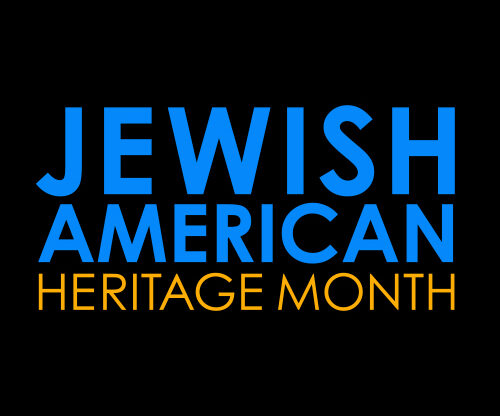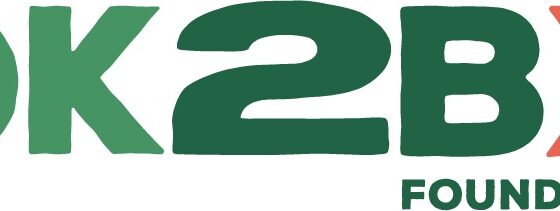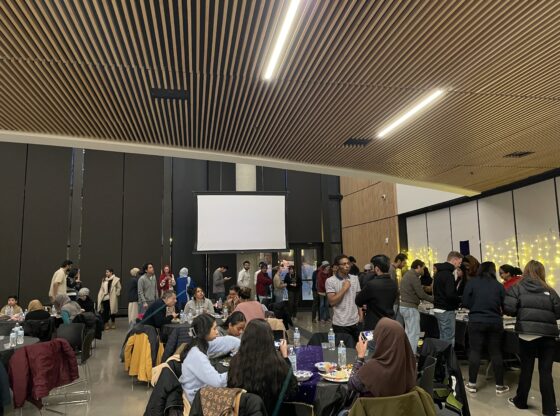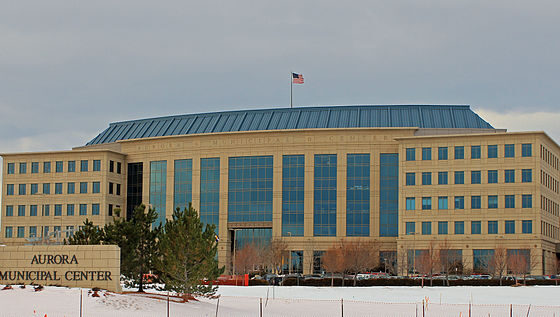By presidential decree, the month of May is recognized as Jewish American Heritage Month in the United States. Just as APIDA Heritage Month, which is also celebrated in May, commemorates Asian, Pacific Islander and Desi Americans, Jewish American Heritage Month calls for the same recognition of the successes and struggles of Jewish Americans.
It is no secret that antisemitism and related crimes have been a major concern in the United States over the past few years. A report from the Anti-Defamation League states that in 2022, antisemitic incidents and crimes rose 36%. Though the FBI reported a 12% increase in overall hate crimes in 2021, this 36% increase in Jewish-targeted crime shows a disproportionate rise in antisemitic sentiment in the U.S.
The University of Denver has seen the effects of this trend. Winter Quarter saw several acts of antisemitism carried out in residential buildings across campus. The incidents sent shockwaves across campus as DU community members expressed frustration with both the incidents themselves as well as what was considered a lackluster response from the DU administration.
The struggles faced by Jewish Americans on and off of DU’s campus cannot be denied. However, Jewish American Heritage Month is about more than recognizing hardships. This month also carries the purpose of celebrating “the vibrant and varied American Jewish experience.”
The experience of Jewish Americans throughout American history has indeed been diverse. Jewish immigration to the United States has occurred in waves spread out throughout history. For example, in the earlier half of the 1800s, many Jewish immigrants entering the country came from Germany and Poland, seeking refuge from religious persecution. Another wave occurred in the 1880s, this time with immigrants fleeing persecution in Eastern Europe and Russia. However, the very first Jews to settle in modern-day America came from Brazil, having previously fled from Portugal.
Each of these groups experienced wildly different circumstances upon their arrival to the United States. As the nation evolved, so too did the interaction between the Jewish and non-Jewish communities in America. Over time, these diverse groups began to meld and form a more common identity as American Jews. As a united people, American Jews have been able to leave lasting impacts on the United States, both culturally and politically.
Looking forward, the Pew Research Center provides statistics that show numerous positive trends in the Jewish-American Community. For example, a 2021 report shows that despite this rise in antisemitism, roughly 70% of religious Jewish Americans feel comfortable sharing Jewish culture and holidays with their non-Jewish friends.
Additionally, the Jewish American community is reportedly growing more racially and ethnically diverse. In the older generation of Jewish Americans aged 50-64, only 4% identified as non-white. In the youngest generation polled—aged 18-29—this percentage rose to 15%. The racial diversity of the American Jewish community seems to be on an upward trend, promising greater diversity in the future.
If you would like to learn more about the Jewish Community at DU as Jewish American Heritage Month comes to a close, check out the Center for Judaic Studies and the Holocaust Awareness Institute. Additionally, Hillel of Colorado’s University of Denver location regularly holds events to bring the Jewish community at DU together. Many of Hillel’s events are also open to non-Jewish community members looking to learn more about Judaism.
Much work remains to be done to combat the rise in antisemitism in the United States. As we work toward the goal of equity and understanding, though, it is important to take a step back and celebrate the progress of American Jews, and the impacts they have had on our own communities.
For updates on future events, check out Hillel’s Instagram page, as well as the DU Holocaust Awareness Institute’s website.










